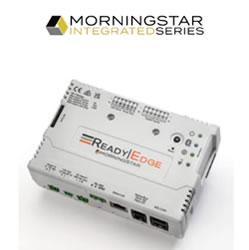What Do Watts, Kilowatts, and Kilowatt-Hours Really Mean for Solar?
Virtue Solar explains the difference between watts, kilowatts, and kWh, and how it applies to shopping for solar panels & batteries.
If you're looking into solar for your home, you've probably come across numbers like "10kW system" or "produces 12,000 kWh per year." And if those numbers feel a bit abstract, you're not alone.
We've been installing quality solar in Virginia since 2015, and just published a new article to break it all down in plain English. It covers the basics—what a watt is, how kilowatts and kilowatt-hours are different, and why it matters when comparing solar quotes.
We also touch on a common myth we hear all the time: that a higher wattage panel is always better. (Spoiler alert: it's not.) What really matters is your total system size and how well it fits your roof—not how "beefy" each panel is on paper.
The post even explains how home battery storage works using real-world examples, like the FranklinWH aPower2, and how kilowatt-hours relate to how long your home can stay powered during an outage.
The goal? To help you feel confident in what you're looking at when you get a quote—and to make sure you're comparing apples to apples. We believe informed homeowners make the best solar decisions, and we're here to help.
Featured Product

MORNINGSTAR - ReadyEdge
The ReadyEdgeTM (RE-1) accessory is an intelligent system controlling and reporting device meant to make monitoring your solar energy system more transparent. Enabling access to LiveViewTM 2.0 and Morningstar Solar ConnectTM, ReadyEdge provides data from all compatible Morningstar devices in your system. It is designed to be paired with the three ReadyBlock options, up to six total, with the possibility to use multiple ReadyShunts and ReadyRelays. The ReadyEdge is compatible with select Morningstar products.
